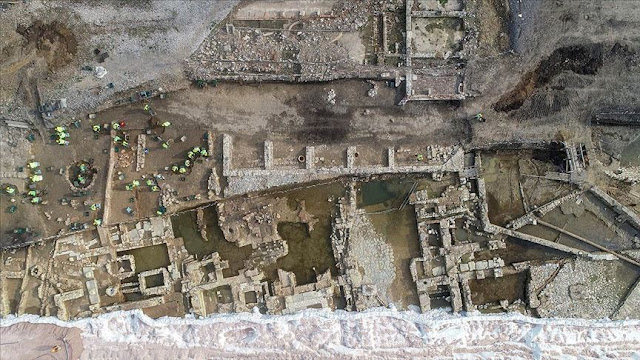
All-female band shakes on to motivate ladies across Turkey
Performing now for a long time, all-female Turkish band Marla intends to motivate ladies to enter rock in the midst of bias in the male-overwhelmed type.
The gathering's five individuals, all in their twenties, are situated in Turkey's capital Ankara and have met up in spite of foundations in various controls from medication to French writing.
Turkish band Marla Break on Through (The Doors Cover)
Bass guitarist Esra Hasandayıoğlu, Ekin Gülmez and Burcu Özbek on the guitar, drummer Busra Vanliolu and vocalist Tuğçe Kaymaz have played numerous gigs more than three years across Turkey.
Toward the start of the band, Hasandayıoğlu said they needed to make another female character, both autonomous of Marla's individuals and bearing some normal attributes with them.
They were propelled by the famous character of Marla Singer from the film Fight Club in naming the band, she said.
"Regardless of whether we vary here and there in our origination of music, music is a force that interfaces us," included Hasandayıoğlu.
Featuring the weaknesses of being a lady in the stone world ruled by male soloists, she said female rockers some of the time confronted predisposition by both by scenes, crowds and their male partners.
Then again, Hasandayıoğlu said the gathering was likewise frequently treated "significantly more considerately" on the grounds that they are ladies.
"Additionally, watching five ladies in front of an audience can empower our female crowd. This persuades us without question," she underlined.
Ideally, we can be a wellspring of motivation for somebody, she included.









